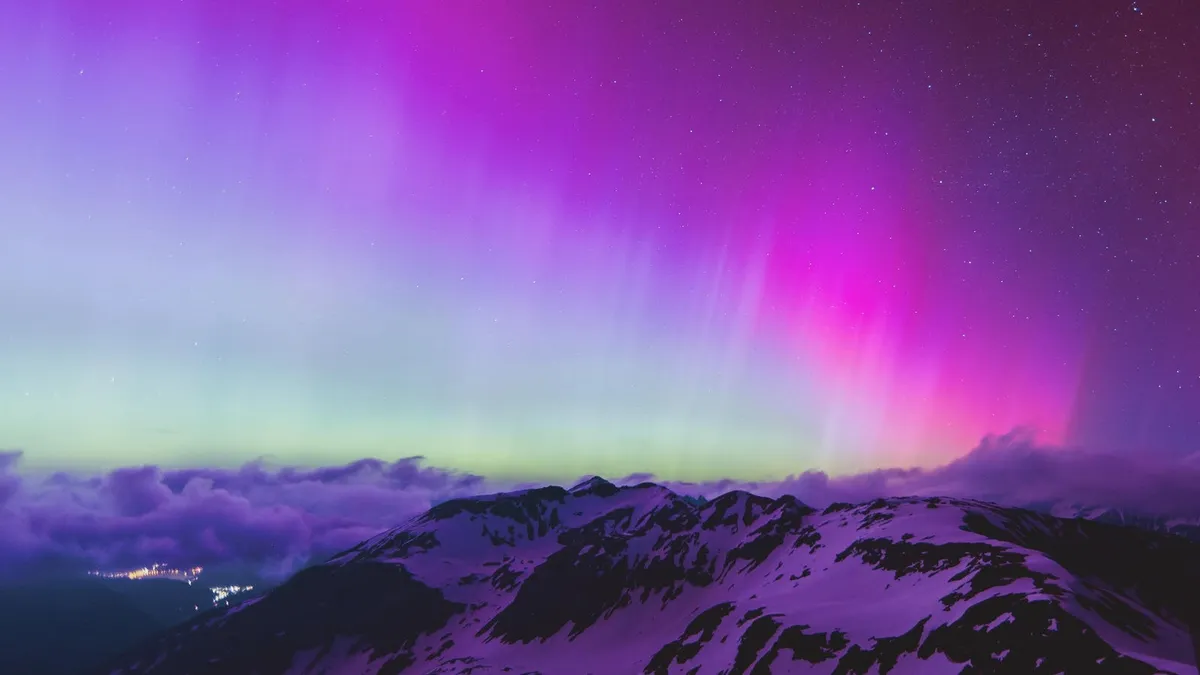
High-speed winds emanating from the sun's surface are expected to influence Earth's magnetic field, potentially expanding the visibility of the northern lights to more regions, as reported by the National Oceanic and Atmospheric Administration (NOAA).
According to NOAA, Alaska stands a high chance of witnessing the aurora borealis. However, regions in northern Washington, northern Idaho, Montana, North Dakota, northern Minnesota, and northern Wisconsin have a lower likelihood. Areas in northeastern Wyoming, South Dakota, northern Iowa, Upper Michigan, northern New York, Vermont, New Hampshire, and Maine are expected to have an even lesser chance of seeing this natural spectacle.
The optimal time to view the aurora borealis is between 10 p.m. and 2 a.m. local time. NOAA advises finding a high vantage point far from light pollution. Under ideal conditions, the northern lights can be visible up to 620 miles away.
For capturing the northern lights, National Geographic suggests using a wide-angle lens, a high ISO value, and setting the focus to the farthest possible distance. For smartphone photography, NOAA recommends activating night mode, as it allows the camera to capture the aurora borealis even if it's not visible to the naked eye.
NASA indicates that solar activity reached a "solar maximum" in October, suggesting a continued increase in solar weather events through early 2026. These events include solar flares and coronal mass ejections—phenomena where electrons interact with atmospheric atoms, causing them to emit light particles. Notably, the most powerful geomagnetic storm in two decades occurred in May 2024, resulting in what NASA described as the most intense northern lights displays in over 500 years. A similar phenomenon was observed in October with the northern lights visible as far south as northern Florida and Texas.
Stay informed with the latest updates. Sign up for Forbes Breaking News Text Alerts by texting “Alerts” to (201) 335-0739 to receive the most significant stories shaping daily headlines.